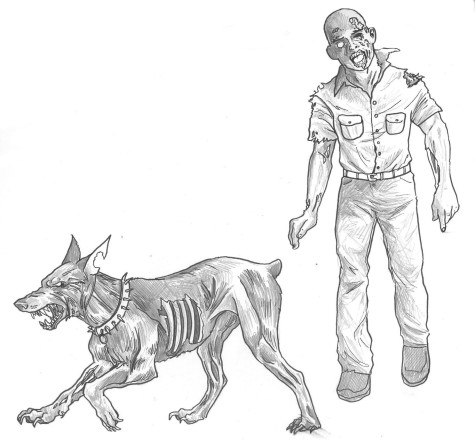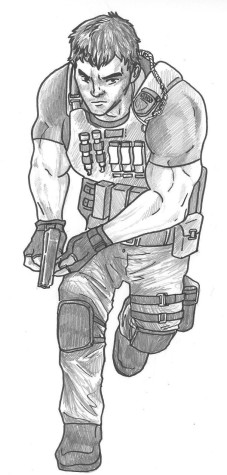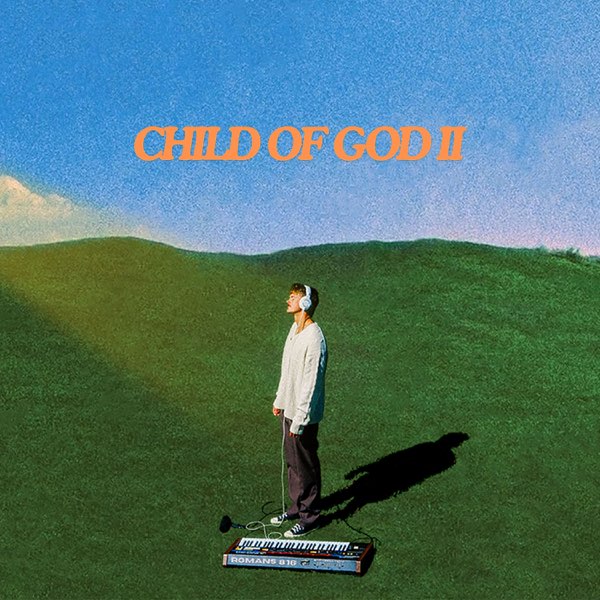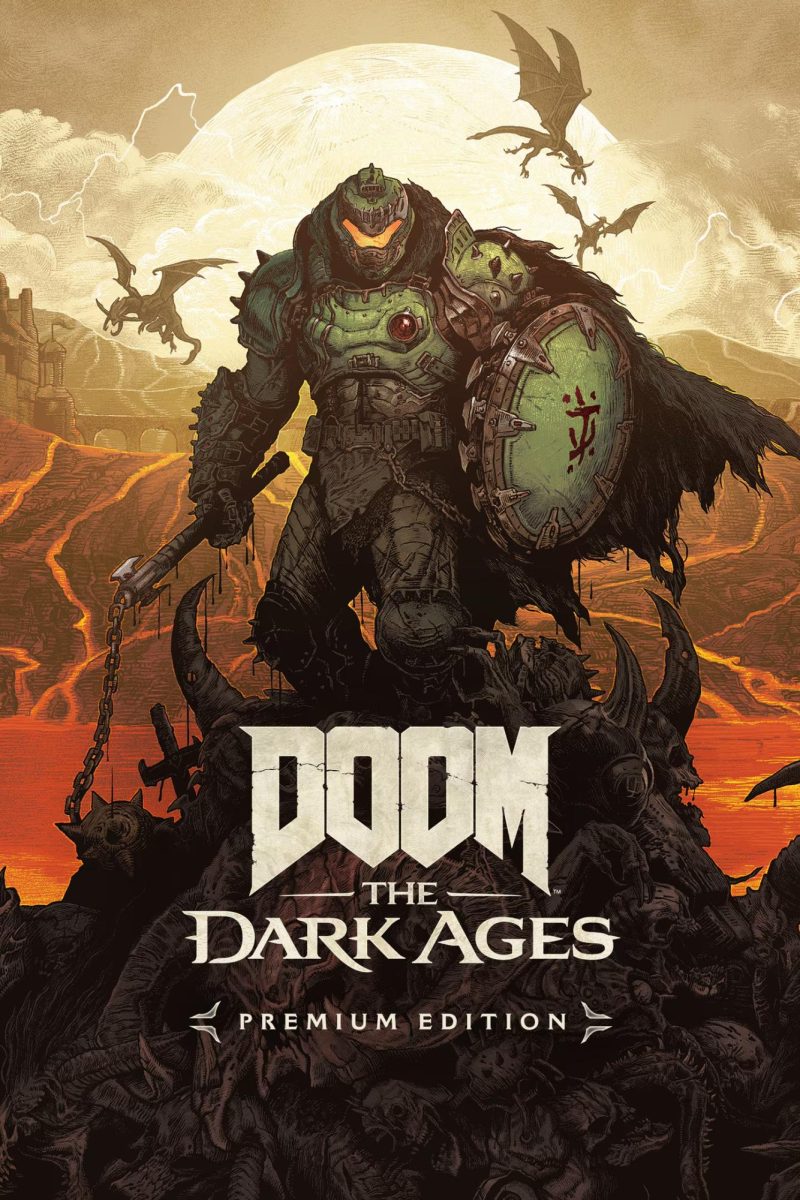To many gamers, the genre of “true” Survival Horror is a dying one, with most of the good horror video games coming from the independent market. Publisher Capcom’s, release of the “Resident Evil HD Remaster” dares to thrust players back into the horrific world of the “Resident Evil” franchise once again, in a reminder of the genre’s origins.
The original “Resident Evil” (also known as Biohazard in other countries) was released March 22, 1996 for the first PlayStation and was remade in 2002 for the GameCube. It was the first game to popularize the Survival Horror genre that would inspire games like “Silent Hill.” It included two slightly different story lines, one for each of the main playable characters Jill Valentine and Chris Redfield, which center on the Spencer Estate; zombies and the Umbrella Corporation. The game is set in a large and atmospheric mansion, known as the Spencer Estate that is overrun by zombies and other monsters.
Capcom released the new HD remaster of “Resident Evil” Jan. 20 of this year, updating the game for a new generation of fans without deviating from the original story and game play. The most significant update was that of controls, allowing players to use a more standard control scheme rather than the old, clunky and slow one of the original game. To my knowledge, the story and layout of the mansion remains the same as the 2002 remake, only with HD graphics. Having never played the original, I cannot be sure of all of the changes made to the game since that time.
For those who have never heard of or played the game completing “Resident Evil” is much like trying to solve a giant Rubix Cube. You progress through the game by collecting items, avoiding or killing zombies and solving puzzles with the items collected. To beat it, you need to solve the puzzles the game presents in the right order. In essence, “Resident Evil” is a collection of puzzles within one larger puzzle that tells a story and maintains a tense atmosphere. Really skilled players who take the time to learn the game can often beat it in miraculous time (much like those who get good at Rubix Cubes) that are often under three hours, which seems especially miraculous when compared to my time of 13 hours.
Unlike other games, resources like weapon ammunition and health are very scarce while the monsters are numerous, which is where the genre receives the “Survival” portion of the title. The best tactic is often to dodge them rather than to fight, which in turn emphasizes the “horror” part. I often found myself sitting on the edge of my seat, screaming at my character to run faster, as I attempted to evade a zombie when low on health. “Resident Evil” makes increases the tension of everything by limiting the number of saves that you can use by making them a scarce item in the form of “Ink Ribbons” which are used by in-game typewriters to save your progress. You never know when you are going to be able to save because of the uncertainty that comes with the saving system.
The story is mostly told through player interpretation of the environment but culminates into a very satisfying conclusion that puts everything into perspective. Granted, there are multiple endings that a player can receive depending on what actions they took throughout the game, so it is possible to get an unsatisfying conclusion. “Resident Evil HD Remaster” has quickly made its way to the top of my list of favorite games through its addictive game play mechanics and even more addictive rewards for completing the game under different conditions. Take a step into the “Survival Horror” world of “Resident Evil” and experience the first game of its kind.







